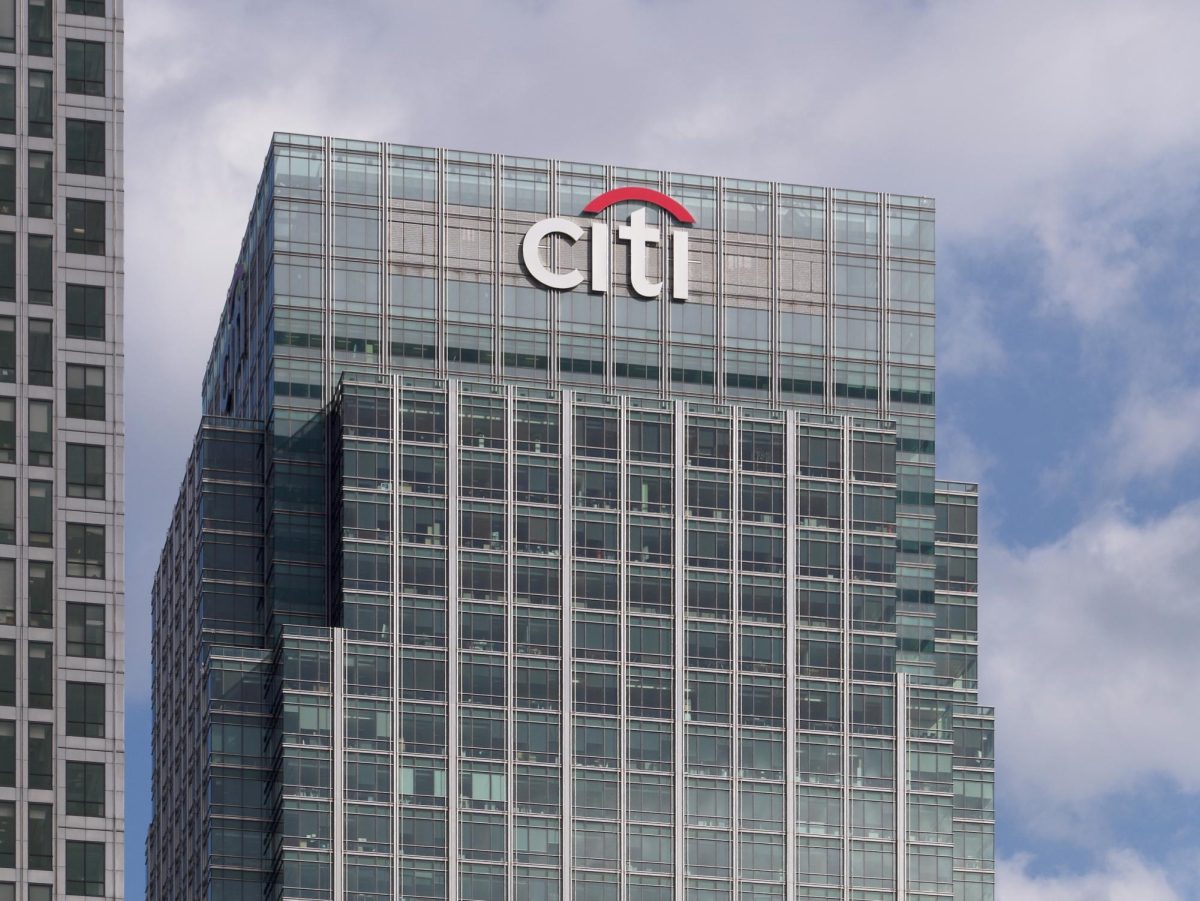The stock market experienced a dip following the release of key inflation data from the U.S. Bureau of Labor Statistics on April 10.
The Consumer Price Index rose 3.5% year-over-year in March, higher than anticipated. It was up 0.4% from February.
Most sectors experienced negative sessions, except for the energy sector. Real estate fell 4.1%, leading sector losses for the day of the announcement. A wide array of assets, from Bitcoin to gold, witnessed an immediate decline on Wednesday morning after the CPI data was released. The government’s report indicated that indexes for gasoline and rent contributed to more than half the monthly increase.
Although food prices saw a marginal rise of 0.1%, grocery food inflation ultimately remained unchanged. However, prices for meats and eggs saw an uptick, countering declines in the costs of butter, cereals and bakery products, which marked their most significant monthly decrease since 1989.
This makes it the third month inflation came in above expectations, which could lead Federal Reserve officials to postpone anticipated rate cuts. As Fed Chair Jerome Powell has mentioned, the central bank would need more confidence that inflation will be coming closer to 2% for them to make a decision.
However, Powell’s comments were optimistic.
“This inflation data does not materially change the overall picture, which continues to be of solid growth, a strong, but re-bouncing labor market and inflation moving down towards 2%,” he said.
In response to the CPI data, the Dow Jones Industrial Average dropped more than 450 points and closed the previous week at $37,983. The S&P 500 slid to $5,123.41 by Friday and the Nasdaq Composite tumbled almost 1% to close the week at $16,175.09.
The 10-year Treasury yield, a key indicator for mortgage and other loans, surged back above 4.5%. The 2-year Treasury yield spiked to nearly 5%.
Foreign markets were also affected: weak Chinese inflation data sent ripples over regional markets. China’s Shanghai Shenzhen CSI 300 and Shanghai Composite indexes fell 0.2% and 0.4%, respectively. A sustained decline in producer price index inflation also indicated little signs of economic recovery in China, which has been struggling with a sustained deflationary trend over the past year.
The Japanese Nikkei 225 and TOPIX indexes fell 0.6% and 0.3%, respectively. Bigger losses in Japanese stocks were limited by strength in major exporters, as the Japanese yen dropped to 34-year lows. Indian markets were closed for a holiday. Still, the Nifty 50 had hit a record high on April 10.
“As we continue to see multiple reports in a row that are higher than expected, it becomes more difficult for the Fed to advocate cutting rates any time soon,” Independent Advisor Alliance’s Chief Investment Officer Chris Zaccarelli said to CNBC.
Investors are expecting two 25 basis point cuts this year, down from the six cuts projected at the start of the year. Currently, markets are pricing in over an 80% likelihood of a hold and a 17.5% chance of a rate cut in June, according to the CME Group Inc.’s Fedwatch tool.









